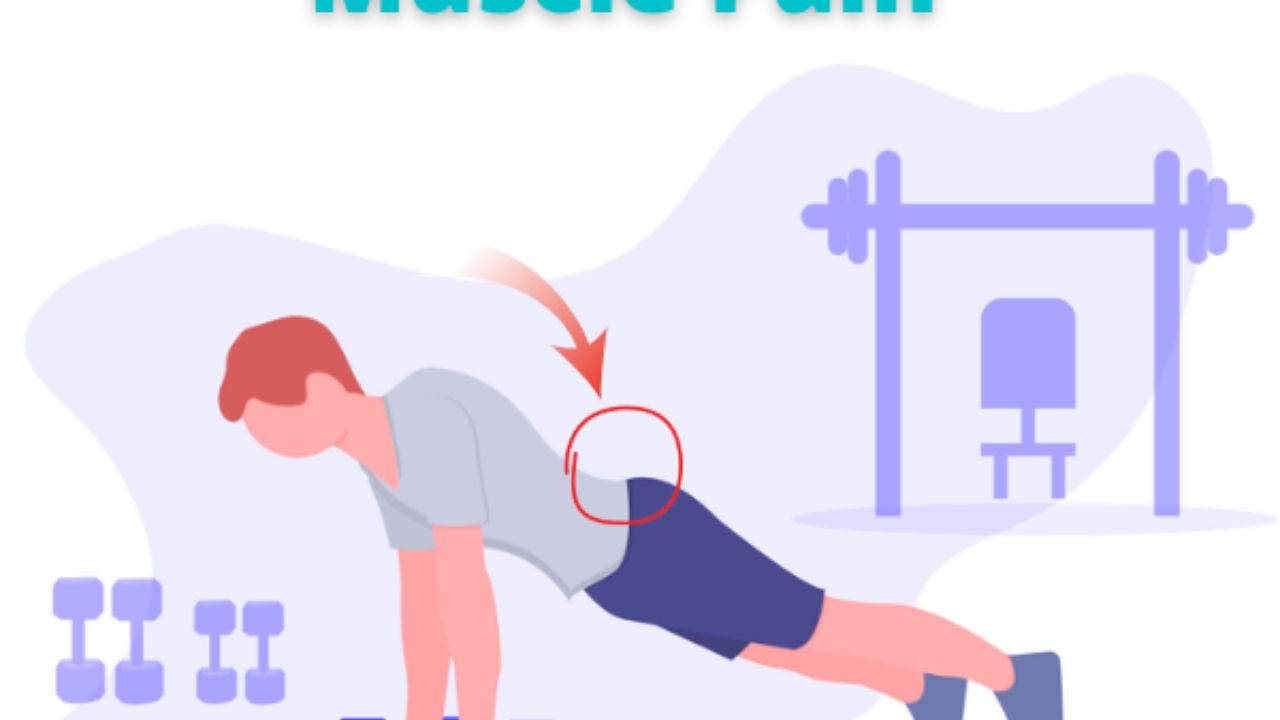
Muscle tension can be a common and debilitating issue that affects individuals from all walks of life. To address this concern, it is crucial to adopt effective techniques for recovery.
In this article, we will explore the top 10 essential techniques for recovering from muscle tension, backed by evidence and professional expertise. From stretching exercises to physical therapy, this comprehensive guide aims to provide valuable insights and strategies to help individuals regain freedom from muscle tension and restore their overall well-being.
Stretching Exercises
One of the most effective ways to improve flexibility and prevent muscle injuries is through incorporating stretching exercises into your daily routine. Stretching helps to increase the range of motion in your joints, which can lead to improved athletic performance and reduced muscle tension.
Two popular methods of stretching that have gained recognition for their benefits are foam rolling and yoga.
Foam rolling, also known as self-myofascial release, involves using a foam roller to apply pressure to different areas of the body. This technique helps to release muscle knots and trigger points, improving blood flow and flexibility. Foam rolling has been shown to decrease muscle soreness, increase range of motion, and enhance athletic performance.
Yoga, on the other hand, is a mind-body practice that combines physical postures, breathing exercises, and meditation. It is known for its ability to improve flexibility, strength, and balance. Yoga also promotes relaxation and stress reduction, which can have positive effects on overall well-being.
Incorporating foam rolling and yoga into your stretching routine can provide numerous benefits for your muscles and joints. These techniques promote flexibility, prevent muscle injuries, and contribute to overall physical and mental well-being.
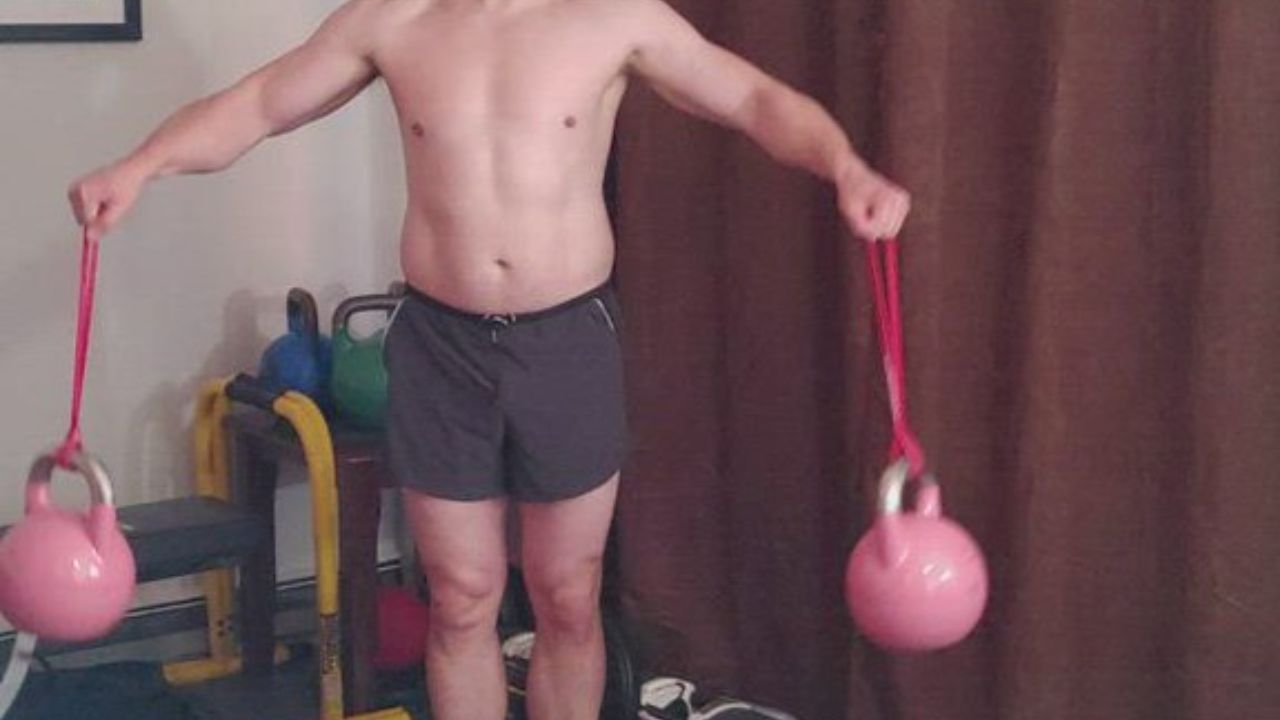
Deep Tissue Massage
Deep tissue massage is a therapeutic technique that focuses on the deeper layers of muscle and connective tissue. It utilizes slow, firm pressure to target specific areas of tension and release chronic muscle knots.
This type of massage has been shown to provide benefits such as effective muscle relaxation and pain relief techniques.
Benefits of Deep Tissue
An effective technique for relieving muscle tension and promoting faster recovery is by incorporating the benefits of deep tissue massage. Deep tissue massage is a therapeutic technique that focuses on the deeper layers of muscle and connective tissue. It can provide numerous benefits for individuals experiencing muscle tension and pain.
Here are four key benefits of deep tissue massage:
Pain relief: Deep tissue massage can help alleviate chronic muscle pain by targeting the underlying cause of the discomfort.
Improved flexibility: By releasing tension and adhesions in the muscles, deep tissue massage can enhance flexibility and range of motion.
Enhanced circulation: The firm pressure applied during deep tissue massage can improve blood flow, promoting faster healing and recovery.
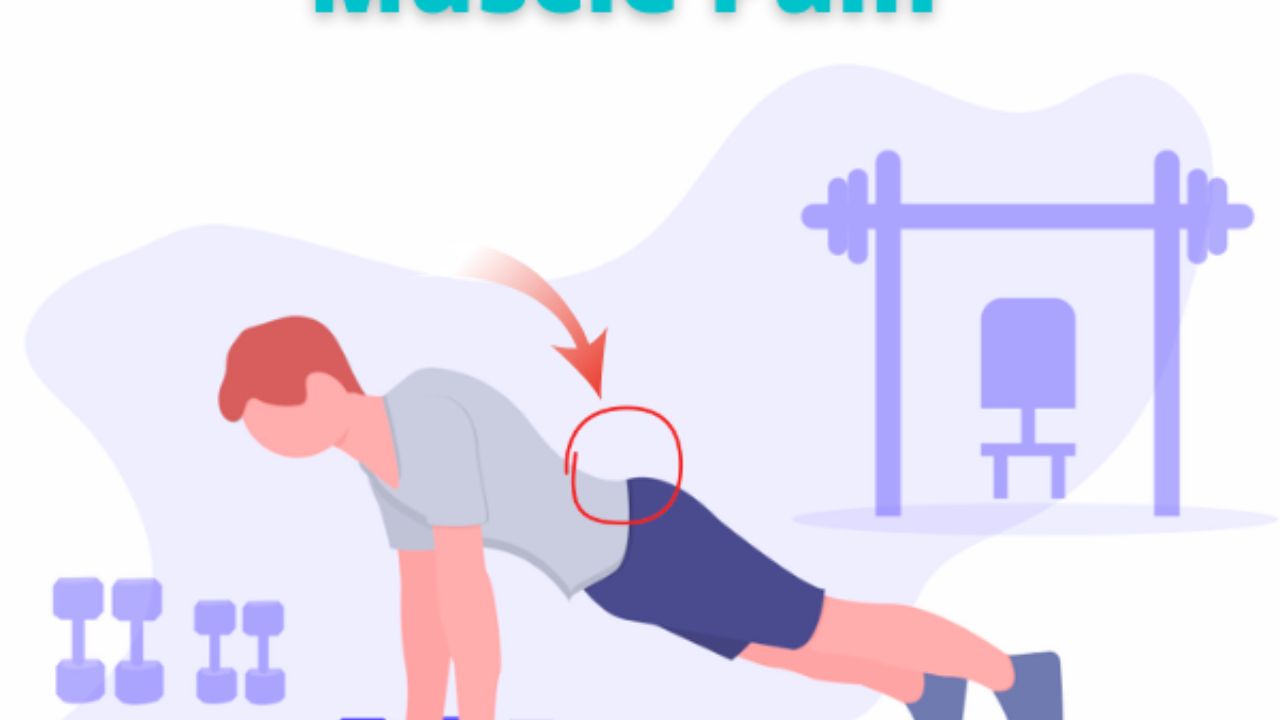
Stress reduction: Deep tissue massage has been shown to reduce stress and promote relaxation, which can have a positive impact on overall well-being.
Incorporating deep tissue massage techniques into your routine can be a valuable tool for relieving muscle tension and promoting faster recovery.
Effective Muscle Relaxation
By incorporating effective muscle relaxation techniques, such as deep tissue massage, individuals can experience relief from muscle tension and promote faster recovery.
Muscle tension can occur due to various factors, including physical activity, stress, and poor posture. It can lead to discomfort, pain, and reduced mobility.
Deep tissue massage is a technique that targets the deep layers of muscles and connective tissues. It involves applying sustained pressure and slow strokes to release tension and knots in the muscles. This technique not only promotes relaxation but also improves blood circulation and enhances the delivery of oxygen and nutrients to the affected muscles.
Additionally, deep tissue massage can help break down scar tissue, reduce inflammation, and improve overall muscle function.
Other effective muscle relaxation techniques include stretching, hot and cold therapy, meditation, and progressive muscle relaxation exercises.
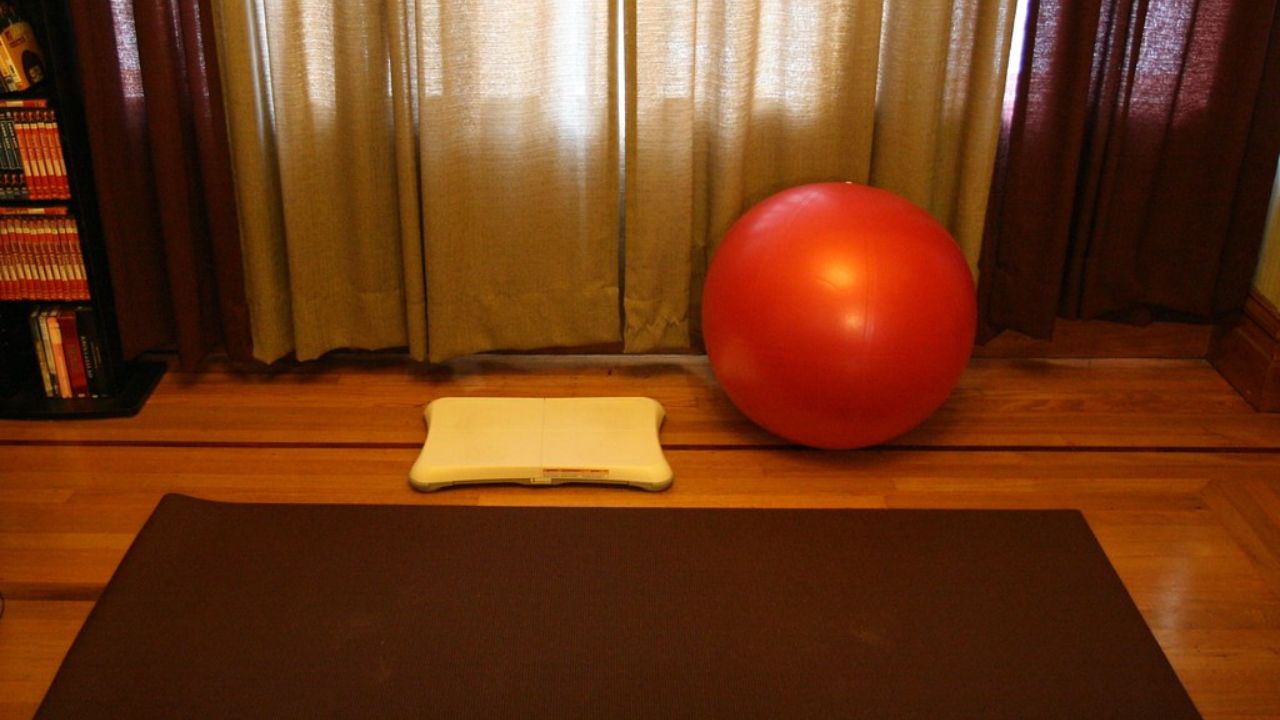
Pain Relief Techniques
Furthermore, individuals can effectively alleviate pain through the use of various pain relief techniques, such as hot and cold therapy and targeted stretching exercises. These techniques have been found to provide significant relief for muscle tension and can be easily incorporated into a daily routine.
Here are four essential pain relief techniques that individuals can try:
Stretching techniques: Stretching helps to increase flexibility, improve range of motion, and reduce muscle tension. Incorporating stretching exercises into a daily routine can help alleviate pain and prevent further muscle tension.
Self massage techniques: Massaging the affected area can help relax tense muscles and improve blood circulation. Techniques such as deep tissue massage and trigger point therapy can be effective in relieving pain and promoting muscle recovery.
Heat therapy: Applying heat to the affected area can help relax muscles and reduce pain. Heat packs, warm baths, or heating pads can be used to provide relief from muscle tension.
Cold therapy: Applying cold packs or ice to the affected area can help reduce inflammation and numb pain. Cold therapy is particularly effective for acute injuries or muscle strains.
Heat Therapy
Heat therapy, also known as thermotherapy, is a commonly used technique for relieving muscle tension and promoting relaxation. Applying heat to the affected area can help increase blood flow, reduce stiffness, and alleviate pain.
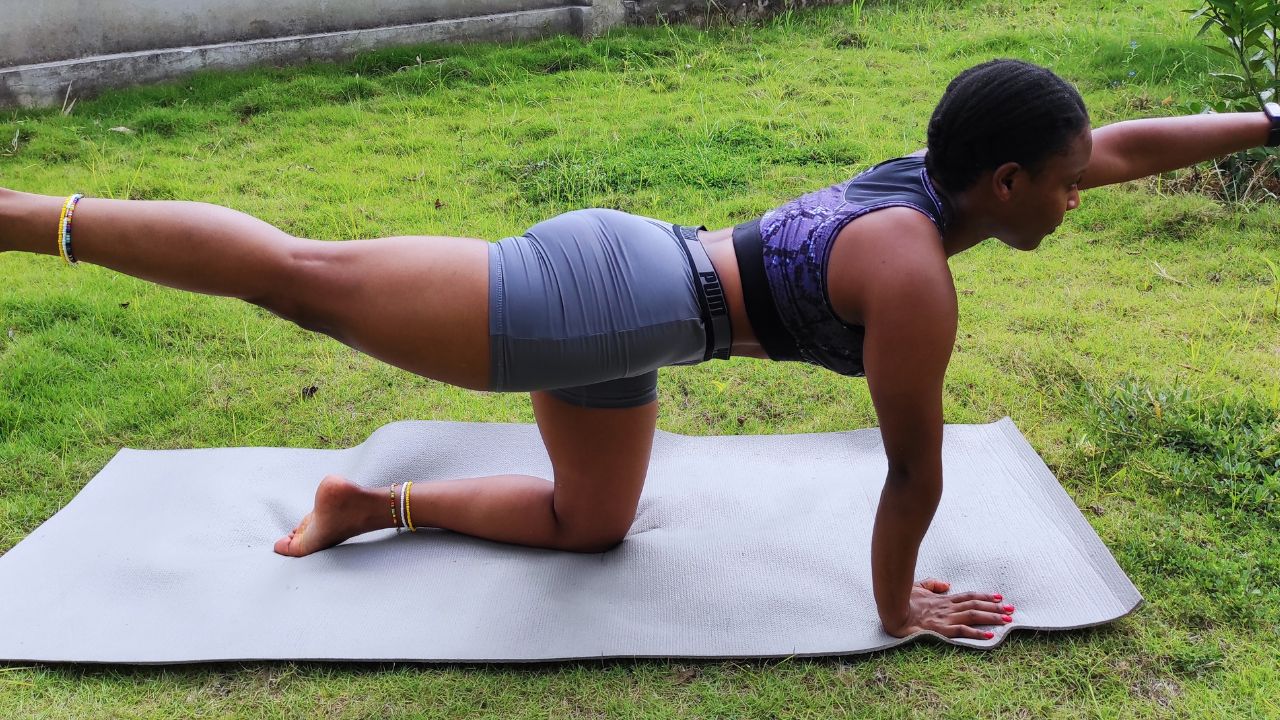
However, it is important to use caution when using heat therapy to avoid burns or exacerbating existing conditions.
Hot/Cold Alternation
The alternation between hot and cold temperatures can be an effective method for relieving muscle tension and promoting relaxation. This therapeutic technique, known as hot/cold therapy or cryotherapy, has been used for centuries to treat various ailments and injuries. The contrasting temperatures work together to stimulate blood flow, reduce inflammation, and improve overall muscle function.
Here are four benefits of hot/cold alternation:
Pain relief: The application of hot and cold temperatures can help alleviate muscle pain by numbing the area and reducing inflammation.
Increased flexibility: Alternating between hot and cold can improve muscle flexibility and range of motion, making it easier to perform daily activities and exercise.
Faster recovery: Hot/cold therapy can speed up the recovery process by reducing muscle soreness and promoting tissue healing.
Stress reduction: The combination of hot and cold sensations can have a relaxing effect on the body, helping to reduce stress and promote a sense of calm.
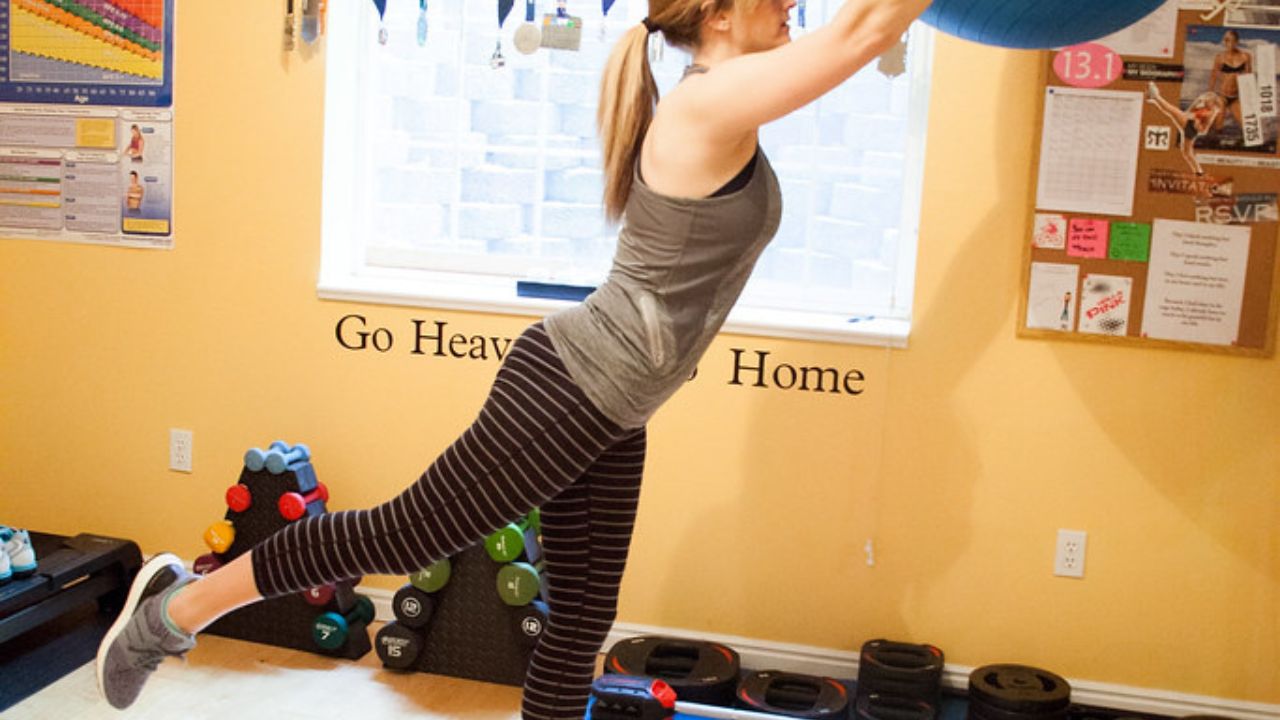
Benefits of Heat
One of the key advantages of incorporating heat therapy into your recovery routine is its ability to promote muscle relaxation and improve blood circulation.
Heat therapy, also known as thermotherapy, involves the application of heat to the body to alleviate pain and promote healing.
It works by increasing the blood flow to the affected area, which helps to deliver more oxygen and nutrients to the muscles, promoting faster healing and recovery.
In addition, heat therapy can help to relax tense muscles and reduce muscle spasms, making it an effective treatment for muscle tension and soreness.
It can also be used in combination with cold therapy for even greater effectiveness, as alternating between hot and cold therapy can help to reduce inflammation and promote healing.
Overall, heat therapy offers a range of benefits for muscle recovery and should be considered as part of a comprehensive recovery plan.
Safety Precautions
It is important to carefully adhere to the recommended safety precautions when incorporating heat therapy into your recovery routine. Heat therapy, such as using heating pads or warm compresses, can be beneficial for relieving muscle tension and promoting relaxation. However, improper use can lead to burns or exacerbation of existing injuries.
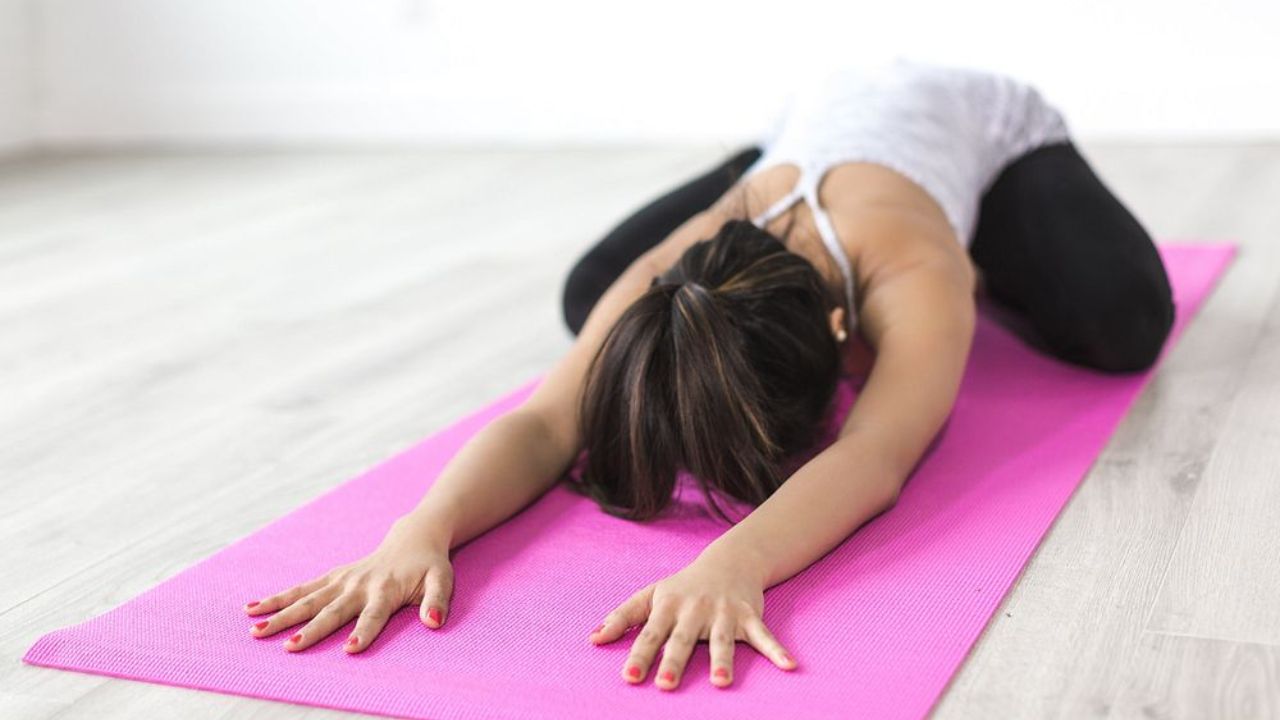
To ensure a safe and effective experience, here are four essential safety measures to consider:
Temperature regulation: Always use heat therapy at a comfortable temperature to avoid skin burns. Start with a lower setting and gradually increase if needed.
Time limits: Limit the duration of heat therapy sessions to 15-20 minutes to prevent overheating and tissue damage.
Protective barriers: Place a towel or cloth between the heat source and your skin to provide an extra layer of protection.
Regular breaks: Take breaks between heat therapy sessions to allow your body to cool down and prevent excessive heat exposure.
Cold Therapy
Utilizing the benefits of cold therapy, individuals can effectively reduce inflammation and alleviate muscle soreness post-workout.
Cold therapy, also known as cryotherapy, involves the application of cold temperatures to the body to promote healing and recovery. This technique works by constricting blood vessels, reducing blood flow to the affected area, and decreasing inflammation.
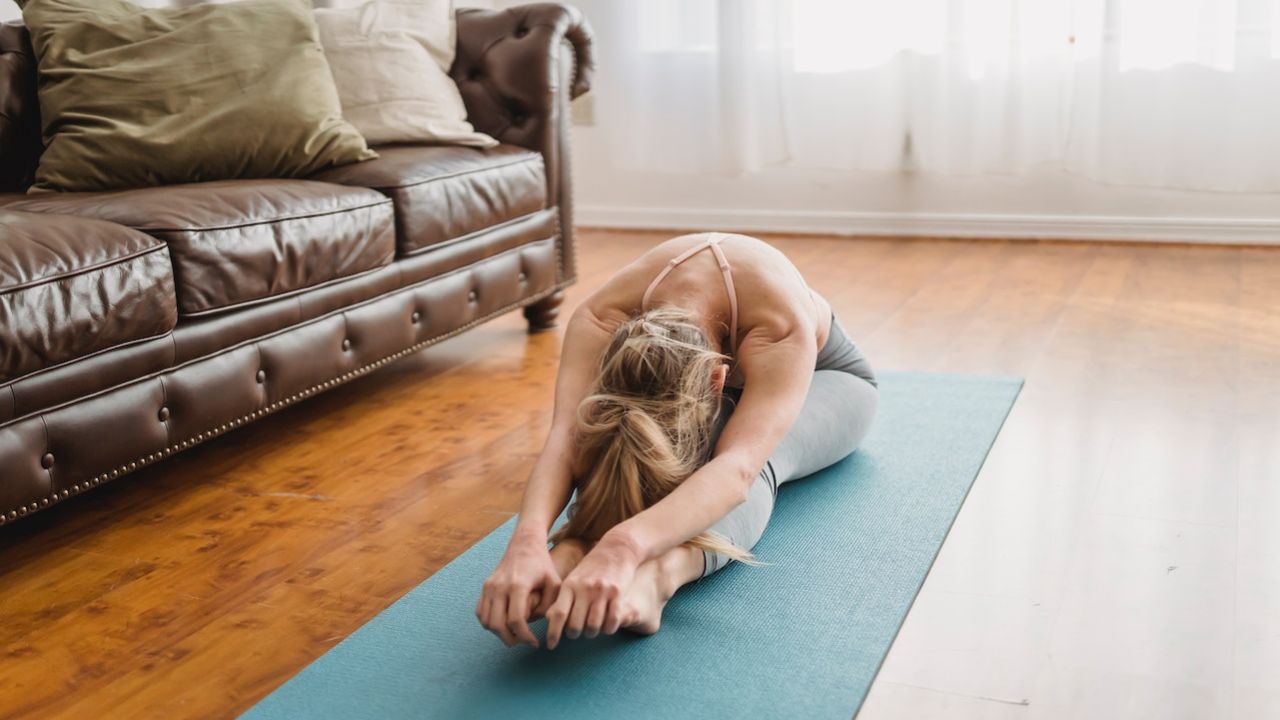
The most common method of applying cold therapy is through ice packs or ice baths. Cold therapy can be particularly beneficial for individuals who engage in high-intensity workouts or experience muscle soreness and inflammation.
Combining cold therapy with other recovery techniques, such as foam rolling, can further enhance its effectiveness. Foam rolling, also known as self-myofascial release, involves using a foam roller to massage and release tension in the muscles, improving flexibility and reducing muscle soreness.
Incorporating both cold therapy and foam rolling into a post-workout routine can help individuals recover faster and prevent injury.
Foam Rolling
Enhancing muscle recovery and reducing muscle soreness, foam rolling serves as a beneficial technique in releasing tension and improving flexibility in the muscles. Foam rolling, also known as self-myofascial release, involves using a foam roller to apply pressure to specific areas of the body. This technique has gained popularity among athletes and fitness enthusiasts due to its numerous benefits.
Here are four reasons why foam rolling is an effective method for muscle recovery:
Increased blood flow: Foam rolling helps increase blood circulation to the muscles, which promotes faster recovery and reduces muscle soreness.
Improved flexibility: By targeting tight muscles and fascia, foam rolling helps improve flexibility and range of motion.
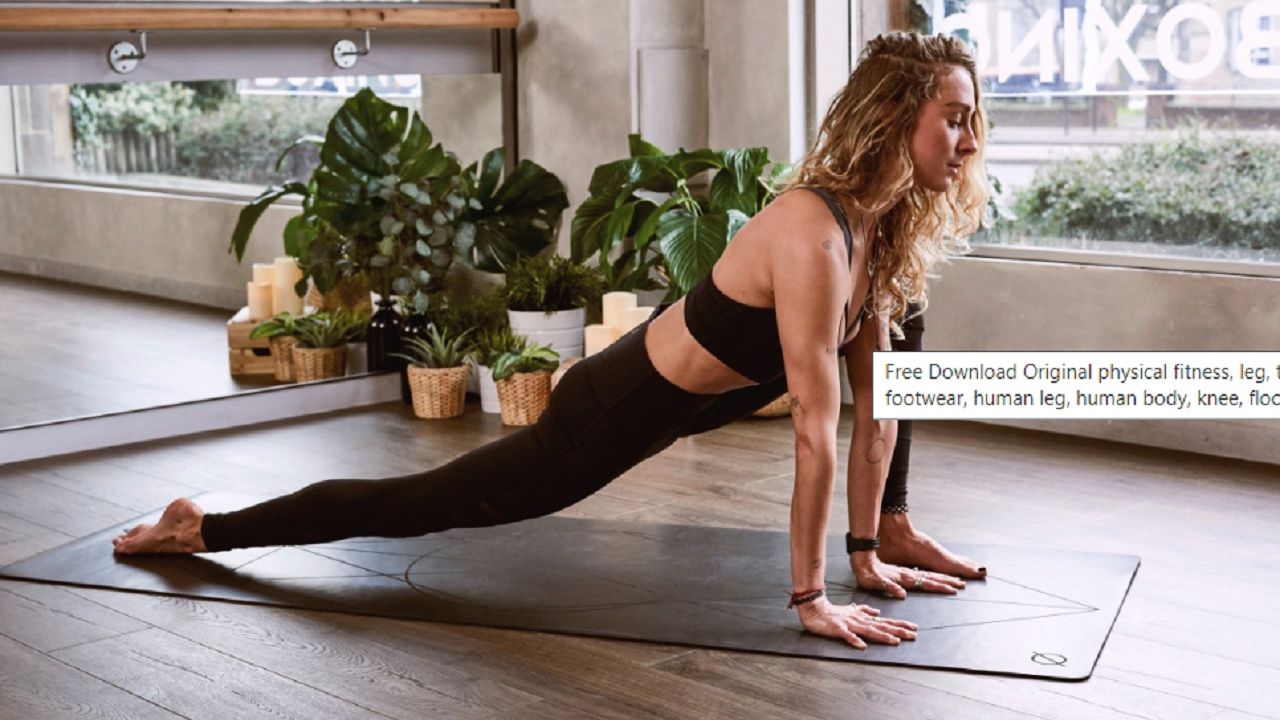
Pain reduction: Foam rolling can help alleviate muscle pain and discomfort by breaking down knots and adhesions in the muscles.
Cost-effective alternative: Foam rolling provides similar benefits to other recovery techniques, such as massage or acupuncture, but at a fraction of the cost.
Acupuncture
Acupuncture is a traditional Chinese medicine technique that involves the insertion of thin needles into specific points on the body.
It is commonly used for pain relief and muscle relaxation.
Through the stimulation of these points, acupuncture is believed to activate the body's natural healing response and promote overall well-being.
Pain Relief Through Acupuncture
The effectiveness of managing pain through acupuncture can be observed by the significant reduction in discomfort experienced by patients. Acupuncture is a traditional Chinese medicine practice that involves inserting thin needles into specific points on the body. It has been used for centuries to treat a variety of conditions, including pain relief.
Here are four benefits of acupuncture for muscle tension relief:

Stimulates the release of endorphins: Acupuncture promotes the release of endorphins, which are natural painkillers produced by the body. This can help reduce muscle tension and alleviate pain.
Improves blood circulation: By inserting needles into specific acupuncture points, blood circulation is stimulated, promoting the delivery of oxygen and nutrients to the muscles. Improved circulation can help relieve muscle tension and promote healing.
Releases muscle knots: Acupuncture can help release muscle knots or trigger points, which are areas of tightness and discomfort in the muscles. By stimulating these points, acupuncture can help relax the muscles and relieve tension.
Reduces inflammation: Acupuncture has been found to have anti-inflammatory effects, which can help reduce swelling and inflammation in the muscles. This can contribute to pain relief and improved muscle function.
Muscle Relaxation With Acupuncture
Muscle relaxation can be achieved through acupuncture, as it promotes the release of endorphins and improves blood circulation. Acupuncture is an ancient Chinese practice that involves inserting thin needles into specific points on the body to stimulate the flow of energy.
It is believed that this stimulation helps to release tension and promote relaxation in the muscles. Research has shown that acupuncture can be an effective alternative therapy for muscle tension relief.
A study published in the Journal of Pain Research found that acupuncture was able to significantly reduce muscle tension and improve overall muscle function in patients with chronic neck and shoulder pain. Another study published in the Journal of Alternative and Complementary Medicine showed that acupuncture was effective in reducing muscle tension and pain in patients with fibromyalgia.

These findings support the use of acupuncture as a viable option for muscle relaxation and relief of muscle tension.
Yoga and Meditation
One of the ten essential techniques for recovering from muscle tension is incorporating two to three sessions of yoga and meditation per week into your routine.
Yoga and meditation have been practiced for centuries and have numerous benefits for both the mind and body. Here are four key benefits of practicing yoga and meditation:
Stress reduction: Yoga and meditation techniques help calm the mind, reduce stress hormones, and promote relaxation. This can have a positive impact on muscle tension, as stress often contributes to muscle tightness and pain.
Improved flexibility and strength: Yoga poses and stretches help improve flexibility and strengthen the muscles. This can aid in relieving muscle tension and preventing future injuries.
Mind-body connection: Yoga and meditation encourage mindfulness and awareness of the body. By focusing on breathing and movement, individuals can develop a better understanding of their body's signals and make adjustments to alleviate muscle tension.
Enhanced relaxation response: Regular practice of yoga and meditation can help train the body to activate the relaxation response, which counteracts the body's stress response. This can lead to reduced muscle tension and overall improved well-being.
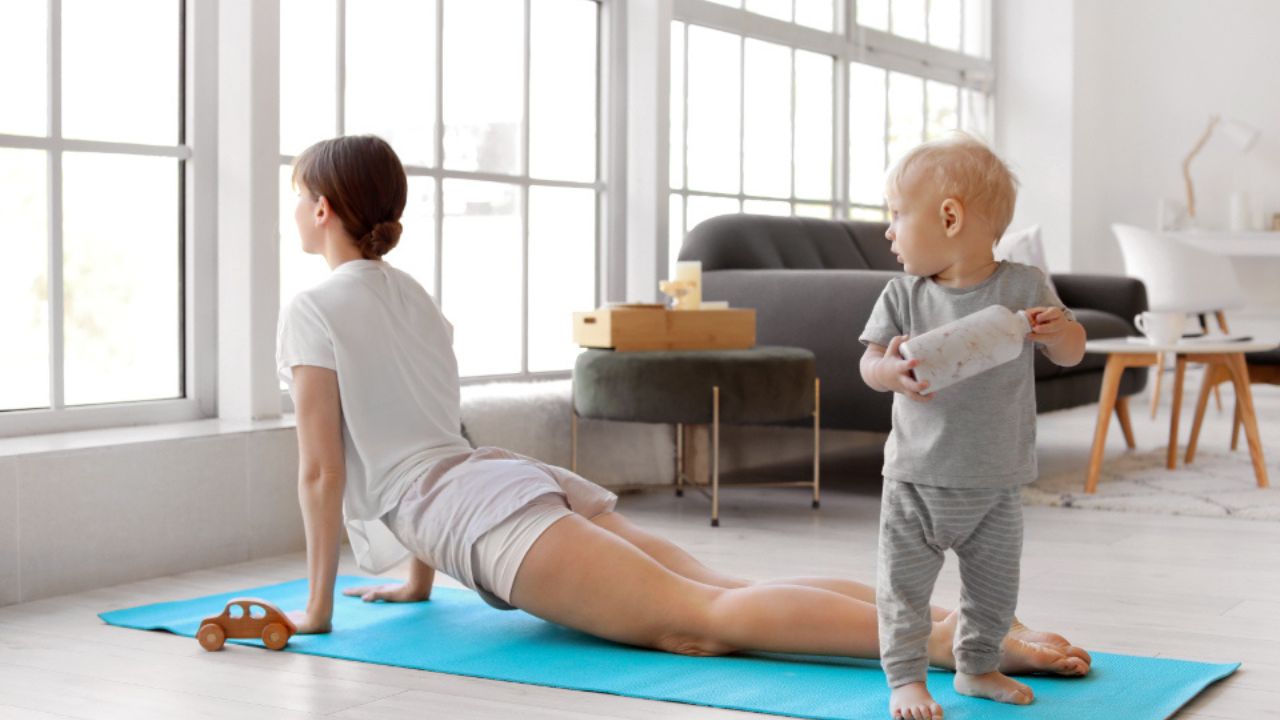
Incorporating yoga and meditation into your routine can be an effective strategy for managing and recovering from muscle tension.
Proper Ergonomics
When it comes to preventing muscle tension, it is essential to maintain proper ergonomics in the workplace and at home. Ergonomics refers to the science of designing and arranging objects and environments to fit the needs and capabilities of individuals.
By incorporating ergonomics tips into your daily routine, you can significantly reduce the risk of developing muscle tension and related discomfort.
One of the key factors in maintaining proper ergonomics is ensuring good workplace posture. This involves sitting in a neutral position, with your feet flat on the floor, knees at a 90-degree angle, and your back supported by an ergonomic chair. Additionally, it is important to position your computer screen at eye level and place your keyboard and mouse within easy reach to avoid strain on your arms and shoulders.
Incorporating these simple ergonomics tips into your daily routine can go a long way in preventing muscle tension and promoting a healthier and more comfortable workspace.
Rest and Relaxation Techniques
Effective rest and relaxation techniques, such as deep breathing exercises and mindfulness meditation, can significantly reduce stress levels and promote overall well-being. These techniques provide individuals with a sense of control and tranquility, allowing them to effectively manage their stress and improve their mental and physical health.
Additionally, incorporating stretching techniques into a rest and relaxation routine can further enhance its benefits. Stretching helps release tension in the muscles and improves flexibility, reducing the risk of injuries and promoting better posture.
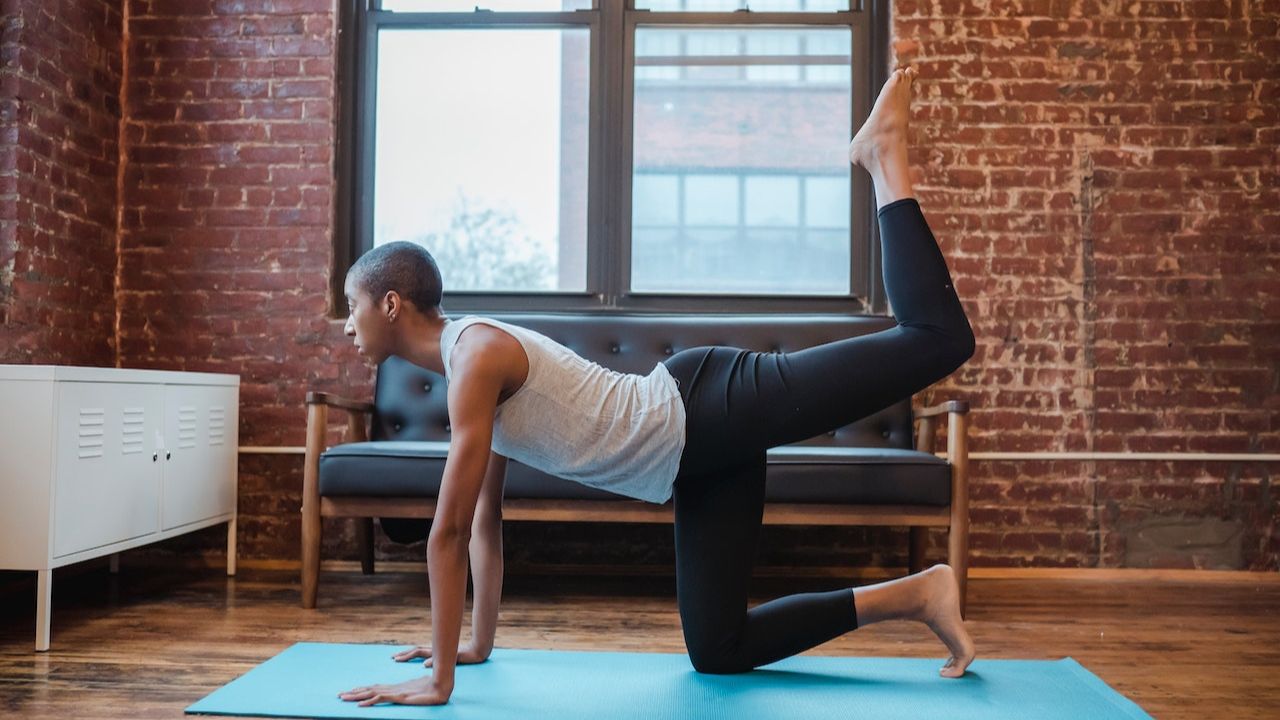
Another important aspect of rest and relaxation is mindfulness meditation, which involves focusing one's attention on the present moment and accepting it without judgment. This practice has been shown to reduce anxiety, increase self-awareness, and improve overall emotional well-being.
Physical Therapy and Rehabilitation
Furthermore, a key aspect of physical therapy and rehabilitation is the use of targeted exercises and therapies to help individuals regain strength, mobility, and functionality after an injury or surgery.
Physical therapy benefits individuals by promoting healing, preventing further injuries, and improving overall quality of life. Rehabilitation techniques are designed to address specific needs and goals, such as improving range of motion, reducing pain, and restoring independence.
These techniques may include manual therapy, therapeutic exercises, electrical stimulation, and heat or cold therapy. Physical therapists also utilize modalities such as ultrasound and laser therapy to facilitate tissue healing and reduce inflammation.
Additionally, patient education and home exercise programs are crucial components of physical therapy, empowering individuals to take an active role in their recovery. By providing personalized care and utilizing evidence-based techniques, physical therapy helps individuals regain their physical abilities and achieve optimal function.
Frequently Asked Questions
Can Muscle Tension Be Completely Cured Through Stretching Exercises Alone?
Stretching exercises alone may not completely cure muscle tension. While they can be effective in relieving tension, alternative therapies such as massage, acupuncture, and physical therapy may also be beneficial in managing and treating muscle tension.
How Long Does It Take for Deep Tissue Massage to Provide Relief From Muscle Tension?
Deep tissue massage is a highly effective therapy for relieving muscle tension. While the duration of relief varies depending on individual factors, many individuals experience immediate benefits. Alternative therapies can also be explored for long-term relief.
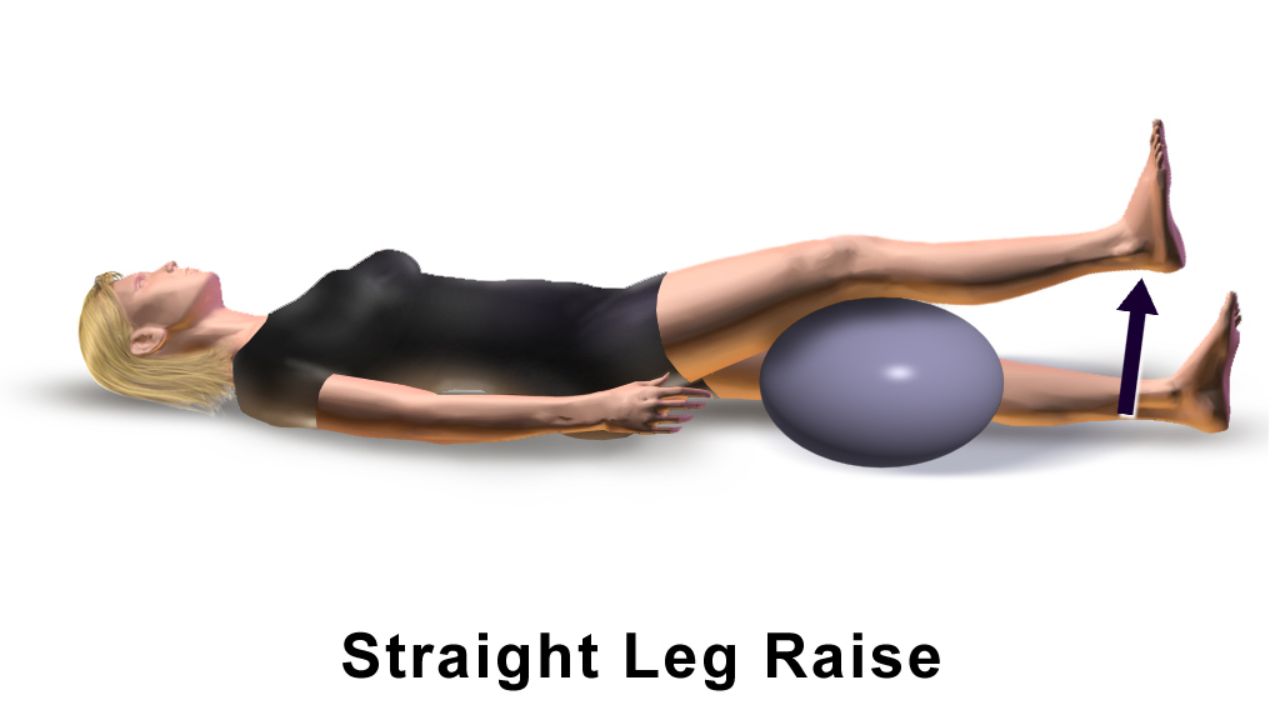
Is Heat Therapy or Cold Therapy More Effective for Relieving Muscle Tension?
Heat therapy and cold therapy are both effective for relieving muscle tension, but the choice depends on the individual's preference and the nature of the injury. Heat therapy promotes blood flow and relaxation, while cold therapy reduces inflammation and numbs the area.
Can Foam Rolling Be Used as a Standalone Technique for Recovering From Muscle Tension?
Foam rolling can be a beneficial technique for recovering from muscle tension. However, it is best used in combination with other recovery techniques such as stretching, massage, and rest to optimize results and prevent further injury.
Are There Any Specific Yoga Poses or Meditation Techniques That Target Muscle Tension in Particular Areas of the Body?
There are specific yoga poses and meditation techniques that can target muscle tension in particular areas of the body. These practices have been found to provide relief and promote relaxation, contributing to overall muscle recovery.
Conclusion
In conclusion, incorporating a combination of strategies can be essential in recovering from muscle tension. These strategies include:
- Stretching exercises: Stretching helps relax tight muscles and improve flexibility.
- Deep tissue massage: Massage therapy can target deep layers of muscle tissue and release tension.
- Heat therapy: Applying heat to tense muscles can help increase blood flow and promote relaxation.
- Cold therapy: Applying cold packs to areas of muscle tension can help reduce inflammation and numb pain.
- Foam rolling: Using a foam roller can help break up muscle knots and release tension.
- Yoga and meditation: These practices can help improve flexibility, promote relaxation, and reduce stress.
- Proper ergonomics: Maintaining good posture and using ergonomic equipment can help prevent muscle tension.
- Rest and relaxation techniques: Taking breaks and engaging in activities that promote relaxation can help reduce muscle tension.
- Physical therapy and rehabilitation: Working with a physical therapist can help address underlying issues and develop a targeted treatment plan.
By implementing these evidence-based techniques, individuals can effectively manage and overcome muscle tension, leading to improved quality of life.
 Mobility trainingHome Fitness RecoverySports Injury PreventionPersonal Physical TherapyOrthopedic SolutionsPrivacy PolicyTerms And Conditions
Mobility trainingHome Fitness RecoverySports Injury PreventionPersonal Physical TherapyOrthopedic SolutionsPrivacy PolicyTerms And Conditions
